Played Every Pokémon Game Reddit Marathon Binge: One Gamer’s Ultimate Challenge!
A Reddit user took on the incredible challenge to play every Pokémon game in a nonstop marathon binge, avoiding repeats across all teams. The journey was shared live, gaining massive community support. This unique feat inspired fans worldwide and redefined dedication to the franchise.
Stay tuned with us as we dive deeper into the epic journey of playing every Pokémon game Reddit marathon binge—a challenge that redefined dedication in the gaming world. You won’t want to miss what comes next!
The Origin of the Pokémon Marathon Binge
How a Simple Reddit Post Sparked a Huge Gaming Feat
It all began with a simple Reddit post that took the Pokémon community by storm. A user casually mentioned their goal to play every mainline Pokémon game in a single, uninterrupted binge. The idea resonated instantly. Thousands of gamers chimed in, reacting with disbelief, admiration, and curiosity. The internet thrives on challenges, but this one felt different. It was both nostalgic and insane. The concept was simple yet extreme: play through every core Pokémon game from Red and Blue to Sword and Shield without duplicating any Pokémon across teams.
This wasn’t just a gaming challenge; it was a feat of memory, strategy, and stamina. The buzz on Reddit grew fast, with fans bookmarking the thread and waiting for updates. What began as a wild idea quickly evolved into a community-backed journey that would span hundreds of hours and test one gamer’s devotion to the franchise like never before.
Meet the Gamer Behind the Challenge (Volman99’s Story)
The mastermind behind this Pokémon marathon was Reddit user Volman99. A lifelong Pokémon fan, Volman wasn’t new to difficult challenges, but even for him, this was uncharted territory. Armed with decades of game knowledge, a genuine love for strategy, and a few energy drinks, he began this grueling task.
Volman meticulously planned each game, team, and route. He wasn’t just speed-running; he aimed to experience each title with fresh eyes while following his strict personal rules. What made his journey particularly captivating was his decision to document everything live on Reddit. Updates, screenshots, reflections, and even moments of frustration were shared with the community, making it feel like a collective experience rather than a solo project. The emotional ups and downs, the surprise finds, and the support from fellow trainers helped shape this story into something bigger than just a marathon.
The Rules of the Pokémon Marathon
No Duplicate Pokémon Across Teams
One of the core rules that made this binge truly unique was the no-repeat policy. Across all games, Volman never used the same Pokémon twice in any team. That meant if he used a Pikachu in Pokémon Yellow, he couldn’t use it again in any of the other titles.
This made planning incredibly complex. Every generation needed a unique lineup, which forced Volman to explore underused and overlooked Pokémon. Popular choices like Gyarados or Gengar could only appear once. As the generations progressed and the number of available Pokémon increased, so did the stakes. Team-building became a puzzle of memory, resourcefulness, and adaptability.
Only Mainline Games, No Spin-Offs
To keep the challenge focused and realistic, only core, mainline Pokémon titles were included. This meant the journey started with Red/Blue and continued through each region up to Sword and Shield. Spin-offs like Pokémon Mystery Dungeon, Pokémon Snap, or Let’s Go Pikachu were excluded.
This rule ensured consistency and kept the focus on full RPG experiences. Despite this limitation, completing even just the mainline titles back-to-back is a monumental effort, with each game requiring 20 to 40+ hours, depending on playstyle.
No Outside Trading Allowed
Another important rule was a ban on trading between games. All Pokémon had to be caught within their respective titles. This added a new layer of difficulty, especially for version-exclusive Pokémon or ones that evolve via trade.
It forced Volman to think creatively, using what’s available naturally in each game rather than relying on shortcuts. Evolution stones had to be found, in-game trades considered, and Pokédex availability studied in depth. This restriction made each title feel self-contained and intensified the uniqueness of every team.
Breaking Down the Pokémon Generations
Generation I – Kanto (Red, Blue, Yellow)
The journey began with the iconic Kanto region. Red, Blue, and Yellow may seem simple by today’s standards, but they laid the groundwork for the entire franchise. With only 151 Pokémon available, building three unique teams was already a major task.
Volman made strategic decisions on which Pokémon to use early, knowing that once a choice was made, it was off-limits for future games. Teams were balanced around availability, and avoiding duplicates while ensuring type coverage created one of the more challenging planning stages. Despite the pixelated graphics and basic mechanics, these games set a nostalgic tone for what was to come.
Generation II – Johto (Gold, Silver, Crystal)
Johto added 100 new Pokémon and the day/night cycle, which made catching certain species time-sensitive. Volman had to manage evolving systems while still working with a limited regional Pokédex. Johto games also allowed travel back to Kanto, offering some interesting team-building opportunities.
However, sticking to the no-repeat rule became even trickier. Pokémon used in Kanto were off-limits, and some popular Johto picks like Espeon or Heracross had to be left behind in favor of lesser-known choices.
Generation III – Hoenn (Ruby, Sapphire, Emerald)
The Hoenn region introduced natures, abilities, and double battles. With a richer battle system and 135 new creatures, Volman had more flexibility. Still, the decision to exclude repeats meant team planning continued to be a meticulous process.
Emerald added the Battle Frontier, offering one of the most strategic post-games in the series. While optional, Volman dabbled in it briefly, showcasing the depth the third generation brought. Team synergy and movesets became more critical in this generation.
Generation IV – Sinnoh (Diamond, Pearl, Platinum)
Sinnoh brought deeper lore, evolutions of older Pokémon, and a more fleshed-out Pokédex. However, some evolutions could only be accessed through complex conditions or items. With so many previous species returning, avoiding duplicates became a real challenge.
Volman adapted by focusing on newer Pokémon and experimenting with unfamiliar ones. Platinum’s improvements in pacing and expanded Pokédex made it the standout choice, and he used it to full effect.
Generation V – Unova (Black, White, B2W2)
Unova was designed to feature entirely new Pokémon until the post-game. This gave Volman a fresh slate to build unique teams. But four titles in the same generation also meant extra planning.
Black 2 and White 2 offered expanded areas and more species. Volman leaned into experimenting with underused types like Bug and Ghost. This generation proved to be one of the most enjoyable due to its clean separation from older games.
Generation VI – Kalos (X, Y)
Kalos introduced 3D graphics and Mega Evolutions, adding visual excitement and new strategic layers. With just 72 new Pokémon, options were limited, and avoiding repeats from prior generations became tougher.
Volman embraced regional Pokédex variety, building a team that showcased Kalos’s charm. He also used the new EXP Share system wisely to reduce grinding while ensuring his team stayed balanced.
Generation VII – Alola (Sun, Moon, USUM)
Alola broke the mold with island trials instead of gyms, new regional forms, and Ultra Beasts. Playing through four different versions (Sun, Moon, Ultra Sun, Ultra Moon) while avoiding repeat Pokémon tested both planning and endurance.
Despite similar storylines, Volman created four completely different teams, adapting to the shifting availability of Pokémon and the game’s pacing. This section of the binge was one of the longest and most mentally exhausting.
Generation VIII – Galar (Sword, Shield)
The final leg of the marathon brought players to the Galar region. Dynamax battles, the Wild Area, and streamlined features marked a new era. By now, over 800 Pokémon had been used or excluded.
Volman closed out the journey with a team made of entirely new creatures. He avoided nostalgic picks and stuck to his rule, finishing strong with a final Elite Four victory and credits roll.
The Mental and Physical Toll of the Binge
Burnout, Repetitiveness, and the Grind
Playing through this many RPGs consecutively isn’t easy. Volman described periods of mental burnout where battles began to blur together. The grind of leveling up, EV training, and preparing for late-game bosses became exhausting.
To stay motivated, he scheduled short breaks and rotated playing styles. Sometimes he focused on the story; other times, team training took the lead. The trick was keeping each playthrough mentally fresh.
Unexpected Moments: Shiny Encounters & Pokerus
Not everything went according to plan. During the binge, Volman encountered a shiny Solosis in Black 2—a completely unexpected moment that lifted his spirits. He also caught Pokerus multiple times, which gave a helpful boost in EV training.
These rare, unplanned events brought surprise and delight to an otherwise heavily structured journey. They reminded both him and the community that Pokémon is still full of magical moments.
How the Community Helped Push Through
Throughout the binge, Reddit played a huge role in keeping Volman motivated. Comments, upvotes, and messages poured in, encouraging him to continue. Trainers from around the world offered tips, team ideas, and emotional support.
Some users even started their mini-challenges inspired by his journey. The community’s involvement transformed the marathon from a solo run into a shared cultural moment.
How Reddit Responded to the Pokémon Challenge
Updates, Team Discussions & Motivation
Each update from Volman sparked new discussions. Fans analyzed his team choices, questioned movesets, and suggested improvements. It became a collaborative space of passionate trainers.
The more updates he posted, the more invested people became. It felt like watching a season of a gaming show, where each episode brought new surprises.
Full Team Album Shared with Fans
Volman compiled a full album of every team used across the games, complete with nicknames and strategy notes. This album became a Reddit highlight, inspiring others to create or replicate their marathons.
Seeing how every team was different yet effective gave others new ideas and motivation to explore lesser-used Pokémon.
Inspired Others to Join the Journey
Dozens of Reddit users began their own Pokémon marathons after reading about Volman’s challenge. Some stuck to the no-repeat rule, others modified it, but all acknowledged the original binge as their inspiration.
It turned into a trend, with progress updates and new threads tagged under similar titles. Volman’s story started a mini-movement within the Pokémon community.
What This Binge Marathon Teaches Us
Creative Strategy with Pokémon Selection
Avoiding repeat Pokémon forced players to explore the full Pokédex. Many trainers tend to use their favorites, but this challenge pushed creativity. Pokémon like Vespiquen, Whiscash, and Chimecho got their moment to shine.
Strategy was based not just on power but on availability and uniqueness, revealing how deep the Pokémon battle system really is.
Rediscovering Childhood Games with New Eyes
Even though many players have beaten these games before, replaying them all consecutively with a new rule set created a refreshed experience. Nostalgia met strategy, and familiar regions felt exciting again.
This approach helped players appreciate how much each generation added to the series and showed just how far the franchise has evolved.
Turning a Game Into a Life Lesson
At its core, this marathon taught persistence. It wasn’t always fun. It wasn’t easy. But it was fulfilling. Volman proved that with enough passion and support, even the most ambitious gaming challenge can become a cherished memory.
Final Thoughts on the Pokémon Reddit Marathon
A Challenge Worth Celebrating
Finishing this marathon wasn’t just a win for Volman; it was a shared victory for everyone who followed the journey. It proved that even decades-old games could deliver fresh challenges and emotional highs.
Would You Try This Binge Yourself?
While not everyone has the time or endurance for a full binge, even a mini version—like three games with no repeats—can be a great way to reignite your love for Pokémon. If you’re looking for a new way to experience the games, this might be it.
FAQ’s
1. How many hours did it take to complete the marathon?
While the exact time wasn’t confirmed, based on average playthroughs, it likely took between 400–600 hours to complete.
2. Why didn’t the challenge include spin-off titles?
The focus was on mainline RPG games to keep the gameplay consistent and manageable.
3. What was the hardest generation to complete?
Many agree that Generation VII (Alola) was the toughest due to similar storylines and the number of games to complete without repeats.
4. What was the most surprising moment in the marathon?
Finding a shiny Solosis unexpectedly was a huge morale boost during a difficult part of the challenge.
5. Can others still view Volman99’s progress?
Yes, the full team album and updates are available in the original Reddit thread, which remains a source of inspiration for new challengers.
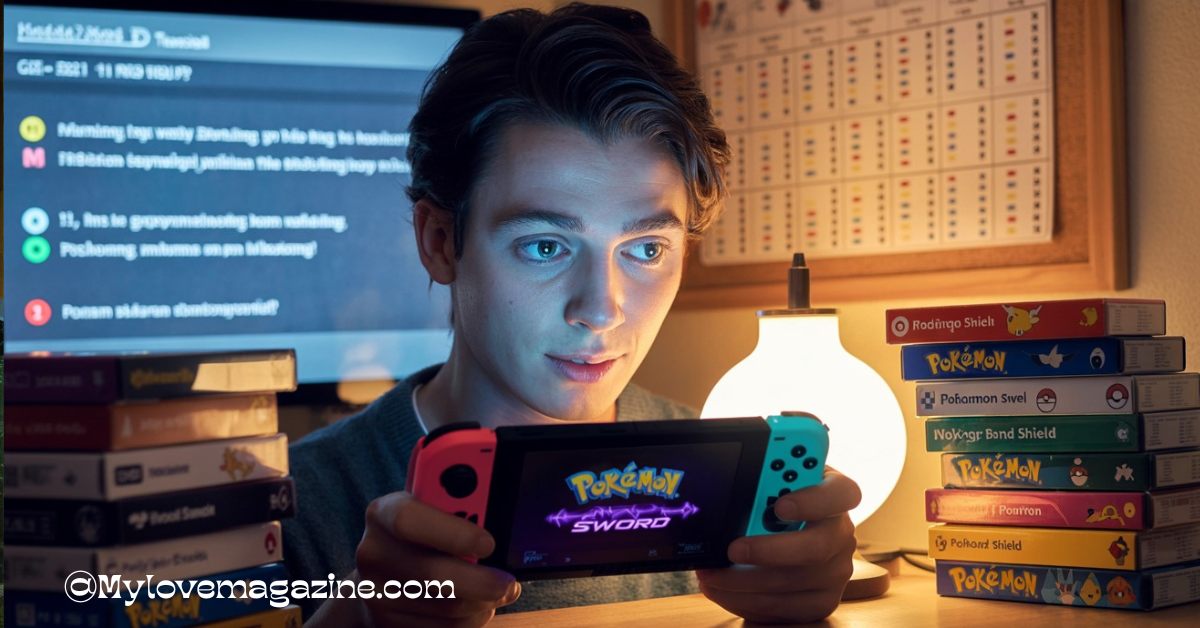
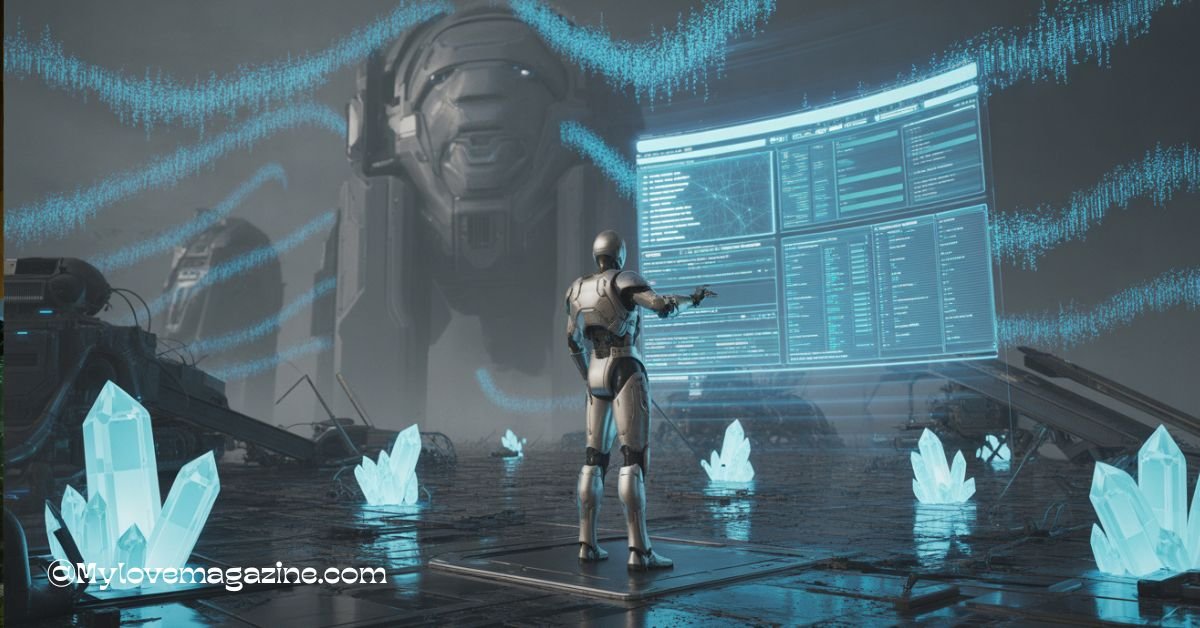
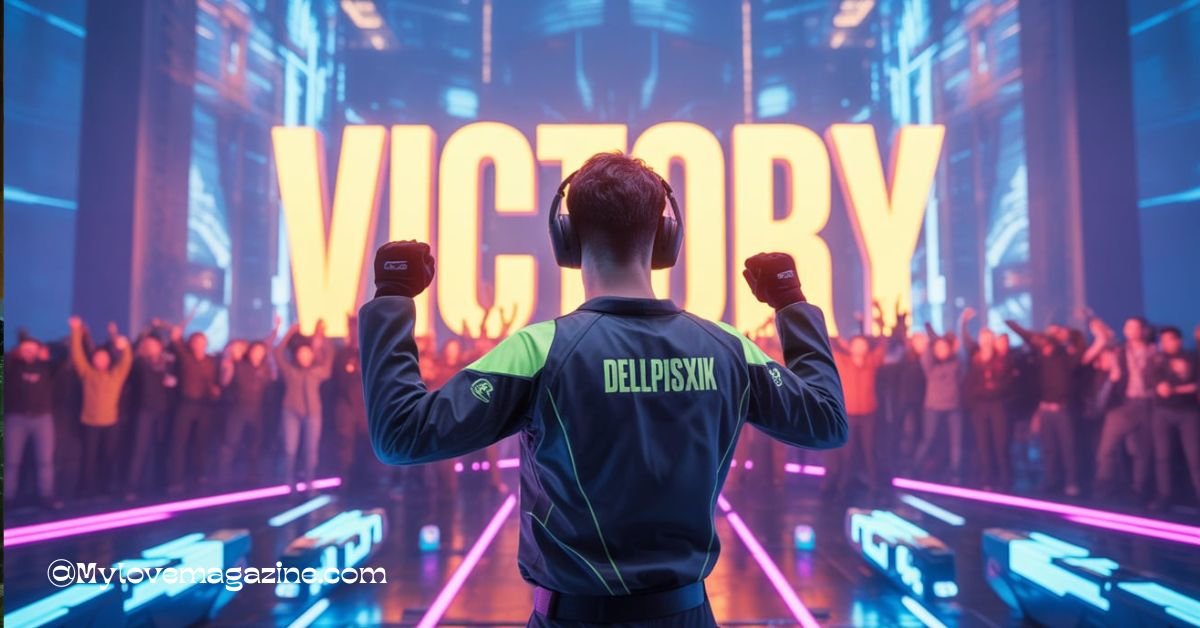
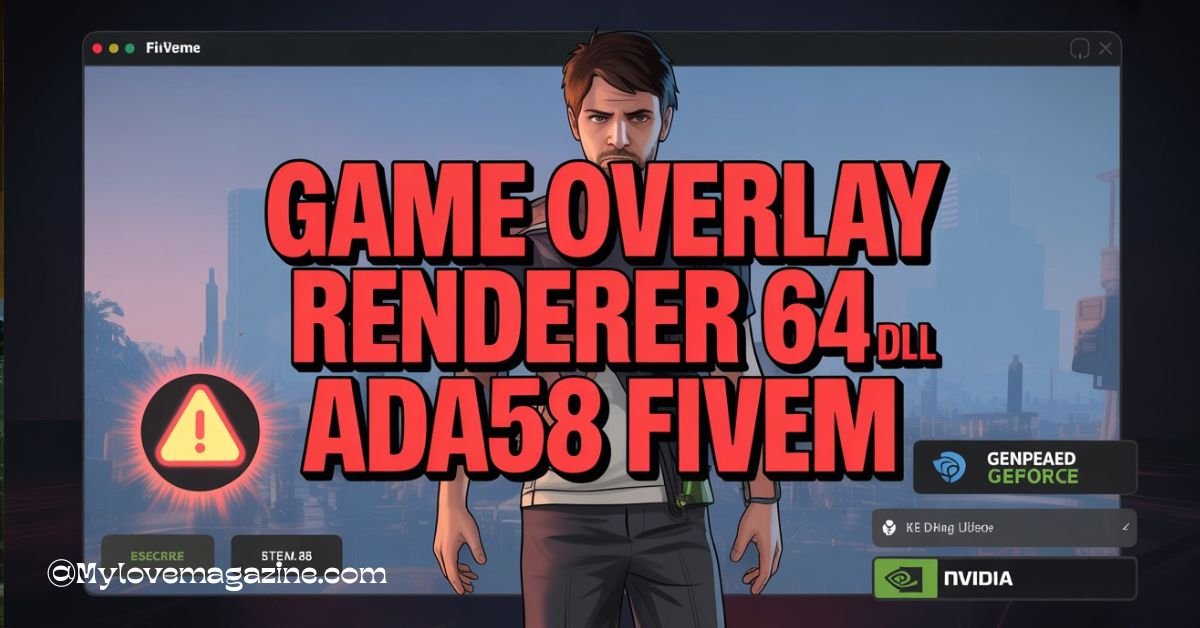


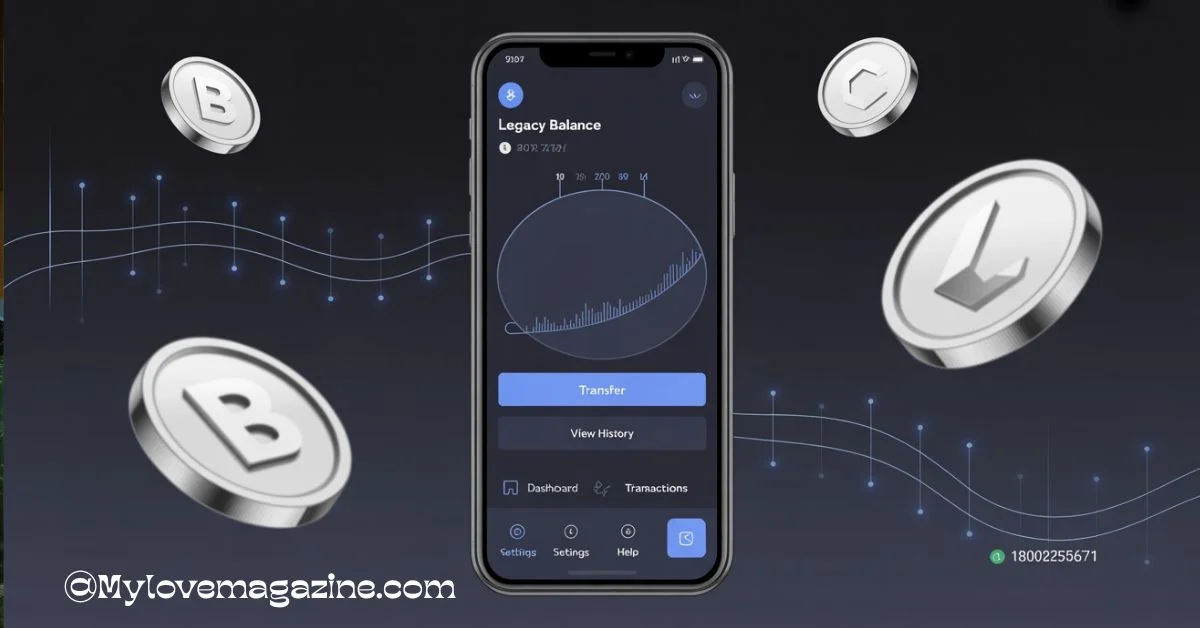
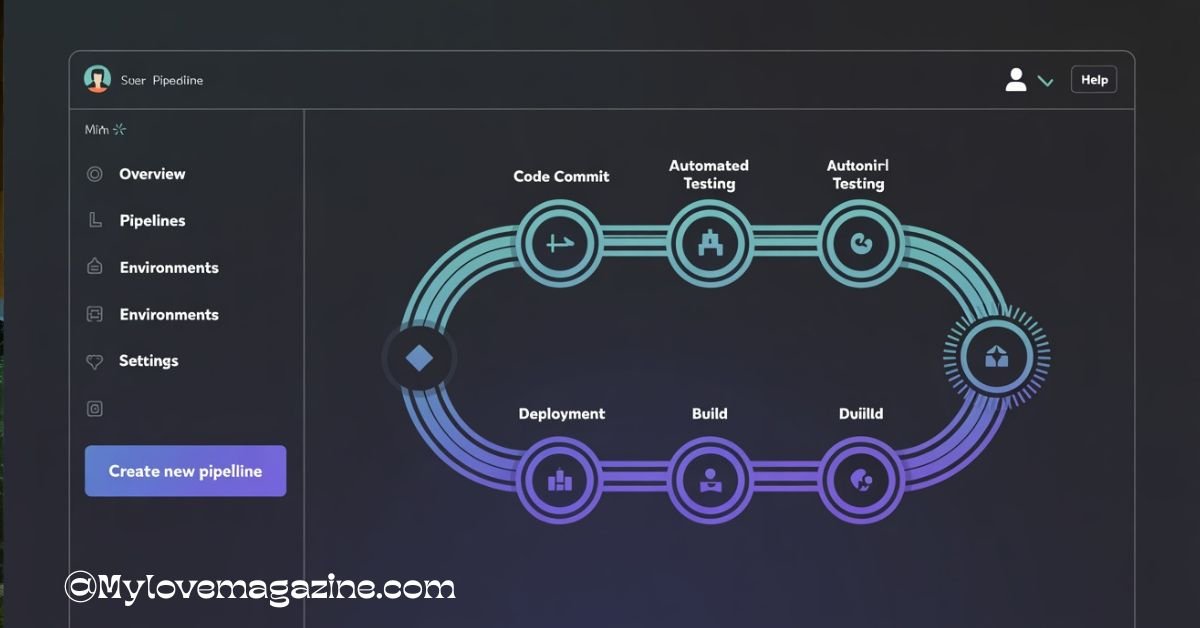
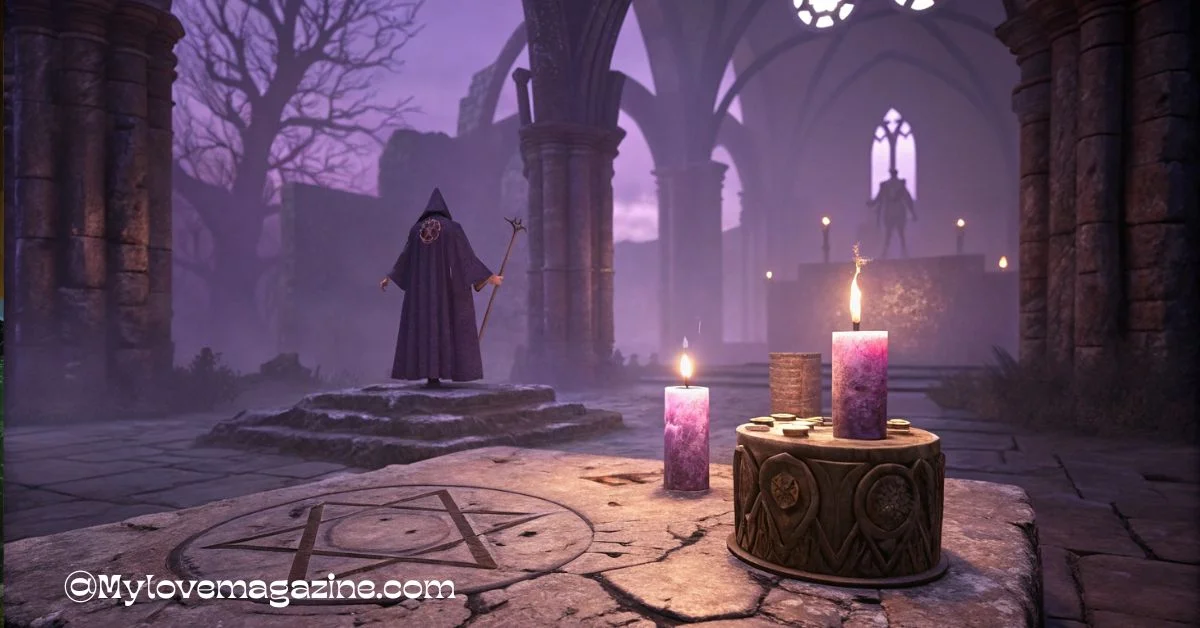



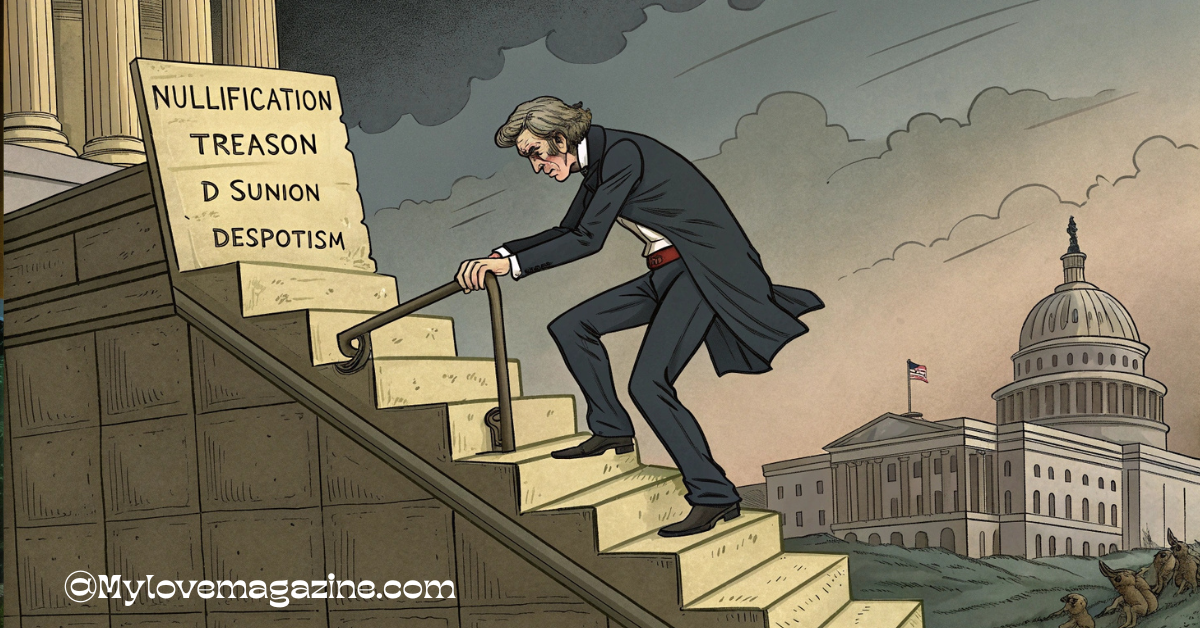

Post Comment